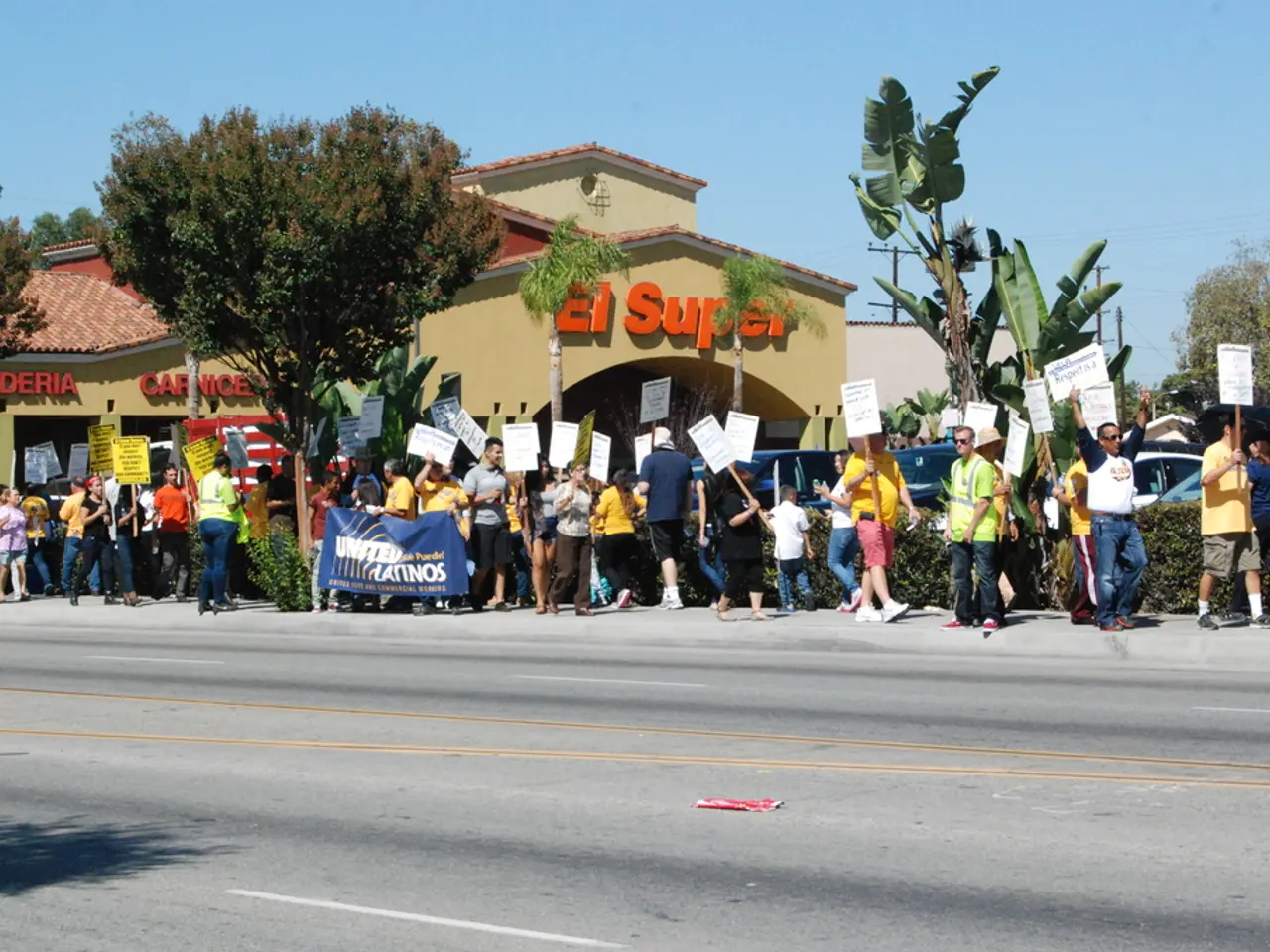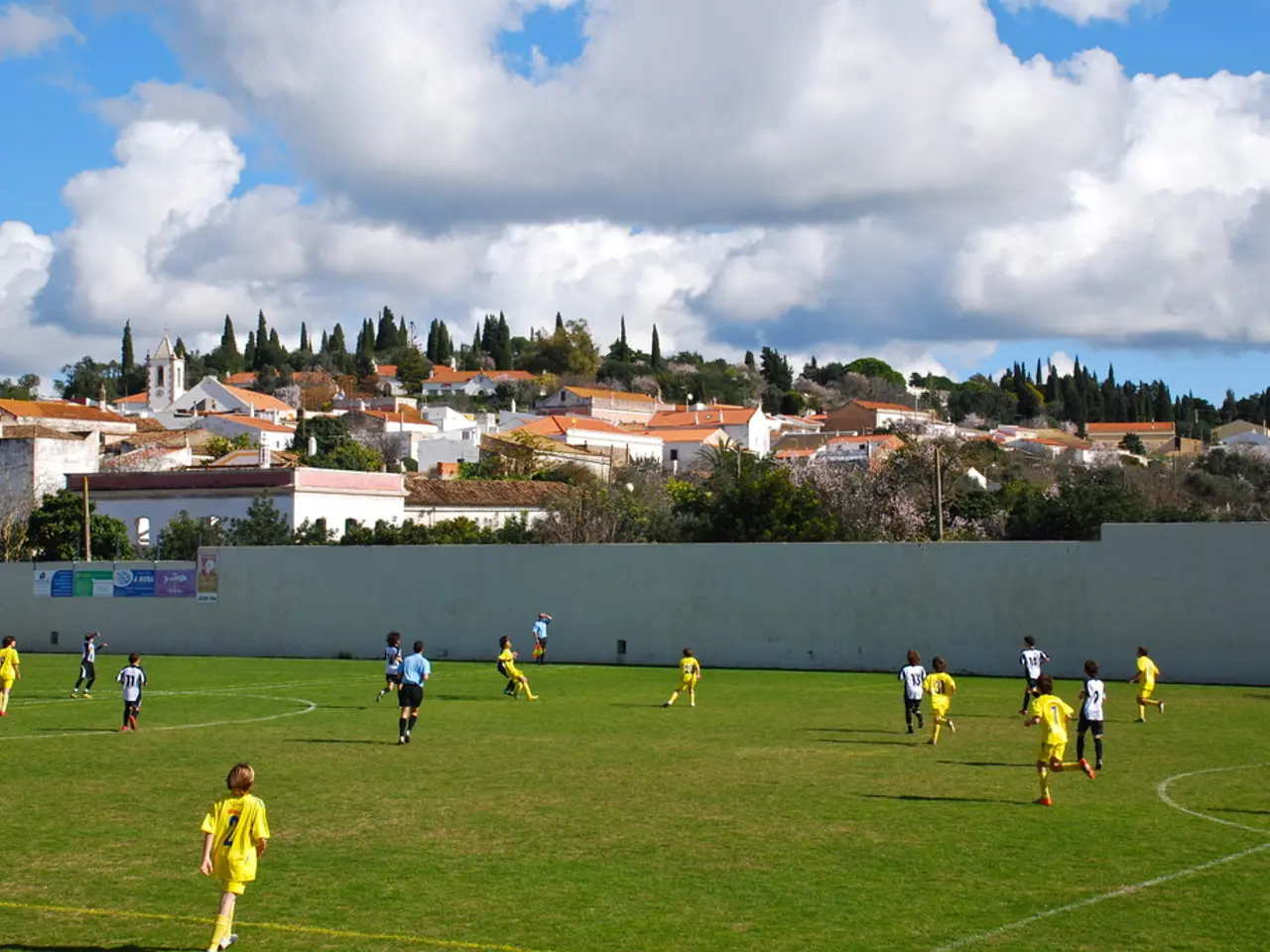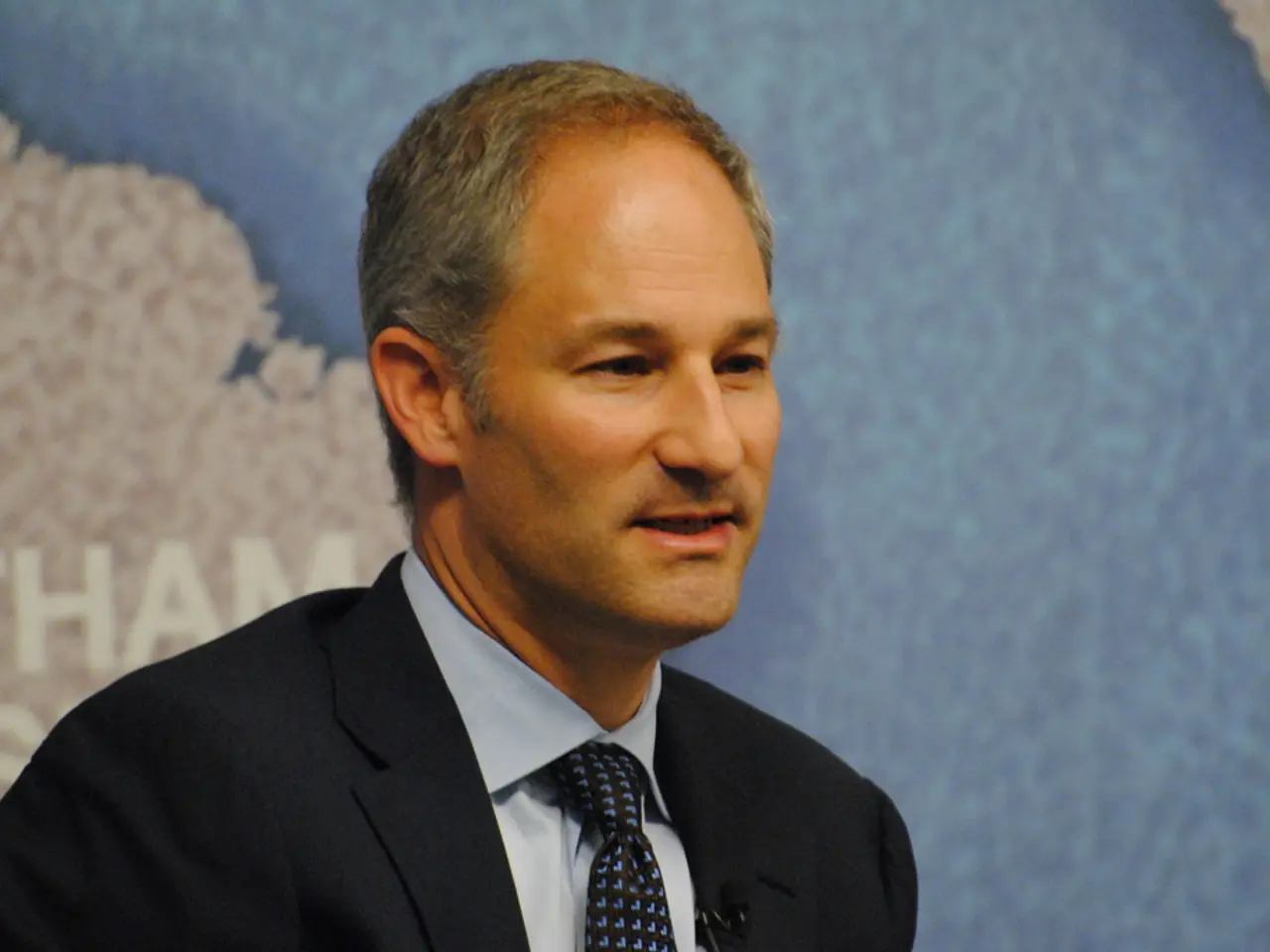Strategic Employment of Military Aid: Utilizing Defense Cooperation to Prevent Armed Conflict
In the ongoing conflict between Ukraine and Russia, security force assistance (SFA) has proven to be a key factor in deterring conflict escalation and supporting Ukraine's defense capabilities. The success of Ukraine in resisting Russian aggression is largely attributed to sustained and well-targeted U.S. and Western military aid, combined with institutional reforms embraced by Ukrainian leadership [1][3].
Ukraine's commitment to reforms and cooperation with Western advisors has led to significant improvements in training, logistics, and operational capacity. This contrasts with other countries where security assistance has failed due to a lack of political will for reforms [1][3]. However, U.S. Security Force Assistance Brigades (SFABs), which specialize in training and institutional building, have been underutilized in Ukraine, representing a missed opportunity to further strengthen Ukraine's military and create self-sustaining combat capabilities at scale [3].
Despite the U.S. heavily funding Ukraine’s military effort, the overall military aid expenditures have not yet been significantly reduced [2][4]. The transition towards European allies funding future aid to Ukraine is ongoing, with new financial mechanisms such as the Bank for Defense, Security, and Resilience facilitating defense spending [2][4]. European NATO members are increasing defense budgets and collaborating with Ukraine’s defense industry to reduce reliance on U.S. funds, aiming to sustain Ukraine's war effort long term.
The conflict in Ukraine, now thirteen months long, has cost the United States more than $76.8 billion in aid since February 2022 [6]. Despite this, the improved Ukrainian military capability has contributed to deterring full Russian conquest and sustaining Ukrainian resistance despite intense pressure tactics [1][5].
However, challenges remain. Corruption, quality control, and Russian targeting of Ukrainian defense infrastructure complicate cost reduction efforts [2]. The Air Force, which recently shut down its only advisor-capable operations units, is at a deficit for security force assistance, despite its success in training Afghan partners [7]. The Army is struggling to find combatant command support authorities and funding for security force assistance operations [8].
The need for security force assistance grows, and the DoD must continue to define and source its security force assistance capabilities to respond to the demand. A future confrontation could be even costlier than the proxy conflict in Ukraine, and to avoid it, the US must shift away from talking points about increased cooperation and actively deepen security integration [9]. The Defense Department must prioritize tasking authorities and align people and resources to enable deliberately delivered security assistance that reduces the prospect of future war.
Interestingly, Finland and Sweden, who were not NATO members before the war, have a robust security assistance relationship with the United States. They conduct multilateral military exercises and have a prolific foreign military sales portfolio with the United States [10]. Finland and Sweden are members of the Enhanced Partnership in Northern Europe (E-PINE) institution, a collective group aligned with NATO interests [11].
In conclusion, security force assistance has proven to be a valuable tool in conflict deterrence and military capacity building, so long as the will to sustain cooperation remains a pillar in American foreign policy. Strategic competitors are as considerate of the lessons from the conflict in Ukraine as we are in the West, if not more so. Increased security force assistance before aggression is a more cost-effective option than funding the defense of a partner after it has been invaded [9]. The Defense Department must prioritize tasking authorities and align people and resources to enable deliberately delivered security assistance that reduces the prospect of future war.
- The success in deterring conflict escalation between Ukraine and Russia is largely due to security force assistance (SFA), a key factor in supporting Ukraine's defense capabilities.
- Special operations and national security strategies have been integral in the West's military aid to Ukraine, combined with institutional reforms.
- The Intelligence gathered during this conflict is crucial for understanding future war tactics and defense policy decisions.
- Defense policy should consider the long-term implications of military aid, as seen in the ongoing transition of funding from the U.S. to European allies for Ukraine's defense.
- Politics plays a significant role in the effectiveness of security force assistance, with political will for reforms being key in countries where such aid is successful.
- In policy-and-legislation discussions, the impact of security force assistance on war-and-conflicts resolution should be considered, as it could potentially reduce the need for direct military intervention in the future.








